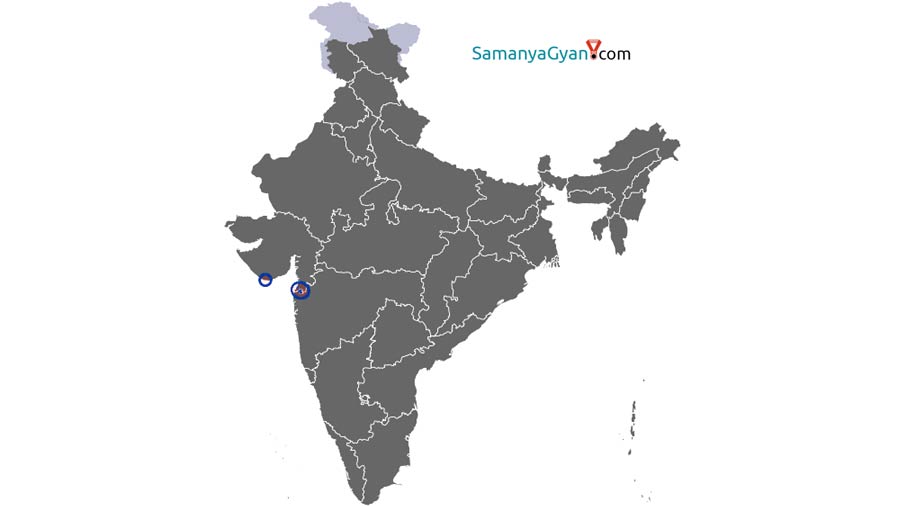Through this chapter, we will know the detailed and important information of Daman And Diu, in which important and interesting information like history, geography, economy, education, culture and world famous tourist places located in the state have been added. Apart from this, the recent developments and changes in the state of Daman And Diu have also been explained in detail. This chapter is full of interesting facts for the competitive aspirants as well as the readers.
Quick General Knowledge
| State Level | Union territories |
| Capital | Daman |
| Statehood | 30 May 1987 |
| Total Area | 112 sq km |
| Districts | 112 |
| Current Chief Minister | Praful Patel (Administrator) |
| Current Governor | Praful Patel (Administrator) |
| State Bird | Not yet designated |
| State Flower | Not yet designated |
| State Animal | Not yet designated |
| State Tree | Not yet designated |
| Languages | English |
| State Dance | Tarpa Dance, Bhawada Dance, Dhol Dance and Tur and Thali Dance |
Daman and Diu (दमन और दीव)
Daman and Diu is a Union Territory of the Indian Republic which is a group of islands located in the Arabian Sea near Mumbai. The capital here is Daman. Daman and Diu is the second smallest union territory in the country. It is located on the east by Gujarat and on the west by the Arabian Sea. Diu is an island connected by two bridges. The neighboring district of Diu is Junagadh in Gujarat. Daman is divided into two parts 'Moti Daman' and 'Nani Daman'. The river dividing these two parts is the Damanganga River.
According to the Constitution of India, the head of the administration of Union Territories is the Governor, who is known as the Administrator and is appointed by the President. Its administration comes under the Ministry of Home Affairs of India. One seat is allotted for Daman and Diu in the Lok Sabha of India.
The current administrator of Daman and Diu is Praful Patel. He was sworn in as Governor (Administrator) of Daman and Diu on August 2016.
The main economic activity here is fishing. There are a total of 550 industrial units in this area. Dabhel, Bhimpore, Kachigam and Kadaiyas are the other industrial areas. The total length of roads in Daman and Diu are 191 and 78 km respectively. There are no railway stations and airports in this union territory.
Major industries here include leather slippers, bamboo baskets and mats, conch items, pearls, straws and handicrafts.
Daman and Diu FAQs:
The capital of Daman and Diu is Daman.
The current Lt. Governor/Administrator of Daman and Diu is Praful Patel (Administrator).
Tarpa Dance, Bhawada Dance, Dhol Dance and Tur and Thali Dance is the main folk dance of Daman and Diu.
The official language of Daman and Diu is English.
The state animal of Daman and Diu is Not yet designated and the state bird is Not yet designated.
Daman and Diu has a state flower Not yet designated and a state tree Not yet designated.
Daman and Diu is spread over an area of 112 sq km with the total of districts.
Daman and Diu was established on 30 May 1987, after which Daman and Diu got the status of Union Territory of India.

